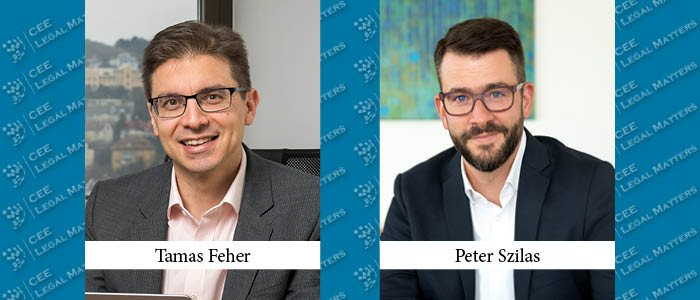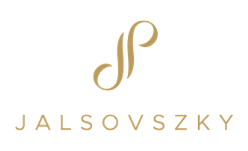Hungary’s litigation landscape was shaped by the economic trends, domestic legal reforms, and global crises of the past 10-15 years. From the 2008 economic crisis to the implementation of the new Civil Procedure Code in 2018 and the transformative effects of the COVID-19 pandemic, it has been a rollercoaster ride.
The aftermath of the 2008 economic crisis brought about a surge in the number of commercial lawsuits initiated in Hungary. As businesses recalibrated their strategies during the recession and individuals sought legal redress amidst the economic upheaval, courts have experienced an increase in the volume of cases as a result of the heightened demand for dispute resolution. The economic downturn, characterized by layoffs, bankruptcies, and contractual disputes, fueled litigation activity as stakeholders, having no other options to defend their position and interest, increasingly sought to enforce their claims through court procedures.
Amid the increase in the volume of litigation, Hungary embarked on a path of legal reform aimed at modernizing its civil justice system. The introduction of the new Civil Procedure Code in 2018 resulted in the overhaul of the old structure of civil proceedings, which did not sufficiently facilitate the timely settlement of cases. The new rules implemented significant changes in fundamental procedural rules and mechanisms, with the aim of enhancing efficiency and streamlining the litigation process. The implementation of electronic filing, expedited procedures, and enhanced case management sought to address longstanding challenges and reduce delays in the resolution of disputes.
The entry into force of the new Civil Procedure Code in 2018 had a profound impact on the trends in lawsuits initiated in Hungary. Overall, the reforms led to a significant reduction in the number of new litigation cases. The reason for the decline was mainly caused by the overly restrictive approach of courts applying the revised admissibility requirements (i.e., an excessively high rejection rate of statements of claim). This trend had a deterrent effect on potential claimants. After the legislator corrected this anomaly, stakeholders again gained somewhat greater accessibility in seeking legal redress while keeping some of the efficiency gains compared to the old procedural regime.
Then, the onset of the COVID-19 pandemic as well as the military invasion of Ukraine brought about unprecedented disruptions in the economy, upending the trajectory of litigation trends in Hungary. As the government imposed lockdowns and restrictions, businesses faced operational challenges, and individuals confronted economic uncertainties, the dynamics of litigation fundamentally changed. In particular, certain types of cases, such as those related to contractual disputes (e.g., concerning the impossibility of contracts due to the imposed restrictions, force majeure clauses, etc.) and employment issues, witnessed a surge amidst the regulatory changes brought about by the pandemic. Still, the yearly number of new cases in 2022 at Regional Courts was less than half of what it was in 2017.
In parallel with the impact of the pandemic, another major regulatory reform affecting the landscape of civil litigation was introduced in 2020. Under the so-called “limited precedent system,” former decisions of the Kuria (i.e., the highest court) became binding on the courts, which may only deviate from them in justified cases. The purpose of the legislation was to enhance legal certainty by promoting uniform interpretation and application of the law, thereby creating a more predictable legal environment in which parties to the litigation can anticipate and navigate outcomes with greater assurance. If the hoped-for greater predictability is achieved, it could further enhance the attractiveness of litigation.
In conclusion, the trends in the number of lawsuits initiated in Hungary over the past few years reflect a dynamic interplay of economic shifts, legal reforms, and global crises. As regards expected future trends, willingness to litigate tends to increase in post-crisis periods such as the current one as a clear consequence of the increased tensions and overall risk levels. We therefore expect the number of litigation cases to increase in the coming years. As businesses navigate the complexities of a post-pandemic world and courts gradually develop the practice of applying the new rules, the framework of Hungarian court procedures remains in a state of constant change and adaptation.
By Tamas Feher, Partner, and Peter Szilas, Senior Attorney, Jalsovszky
This article was originally published in Issue 11.3 of the CEE Legal Matters Magazine. If you would like to receive a hard copy of the magazine, you can subscribe here.


